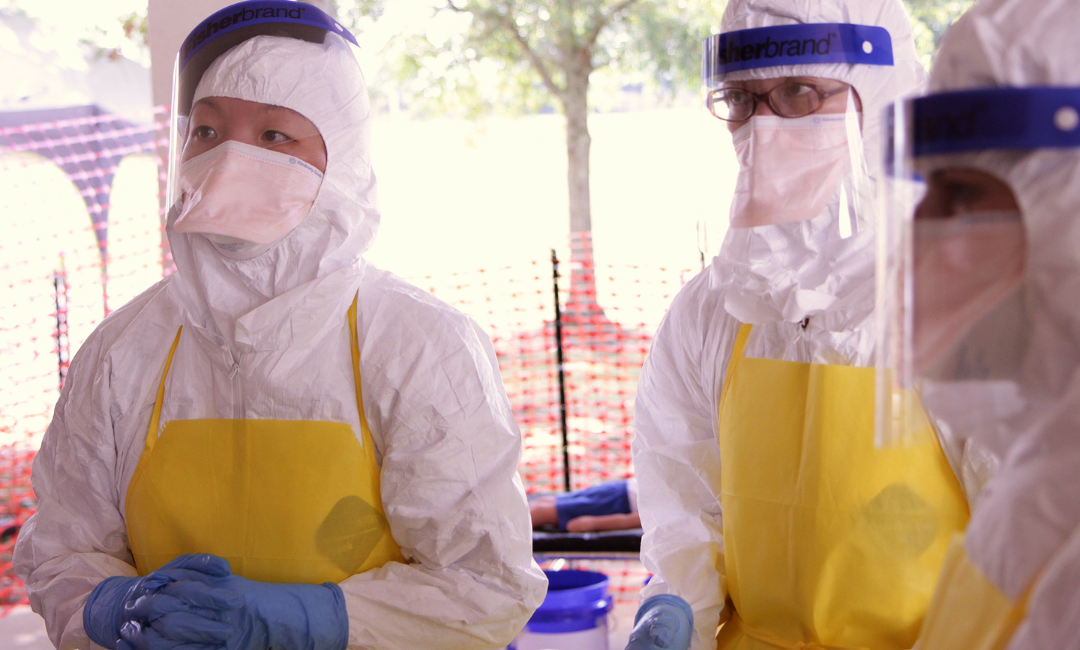LPN, LVN Programs
Several universities and technical colleges have added or expanded their LPN/LVN curriculum.
Roane Jackson Technical Center (RJTC) in West Virginia offers an LPN program, and the college’s assistant director reinforced the BLS data in a conversation with the Jackson (West Virginia) Star & Herald, stating there’s a “high demand for LPNs.”
Mindy Shriver, a teacher in the RJTC practical nursing program, told the newspaper that LPNs don’t get the recognition they deserve.
“That direct care is critical and is so important to the patient,” she said.
RELATED COURSES: Minnesota LPN Renewal Bundle
Just last month, Polaris Career Center in Ohio held an official ribbon cutting for its LPN program and East Alabama Health established an LPN school with Chattahoochee Valley Community College (CVCC).
The collaboration is the first of its kind in the area, according to East Alabama Health.
“By providing high-quality education and hands-on training, East Alabama Health seeks to provide our employees with the skills they need to excel in their careers and deliver exceptional care to our patients,” Jennifer Terry, East Alabama Health’s director of Education, stated in a news release. “All of our education initiatives reflect our commitment to investing in the future of health care and ensuring that our region has the talented professionals it needs to thrive.”
RELATED COURSES: West Virginia Renewal Bundle
On the East Coast, Bassett Healthcare Network launched its own LPN program with A.O. Fox Hospital and Otsego (New York) Northern Catskills Board of Cooperative Educational Services.
Katy Luggar-Schmitt, LPN, is a regular contributor to the Nursing Ce Central Blog and shared her advice for future LPNs in an earlier article.
RELATED COURSES: Puerto Rico LPN Renewal Bundle
“As a new LPN, do not be afraid to try different areas of nursing to see which one you like the best and are the most enthusiastic about,” she wrote. “The more enthusiastic you are about your area of nursing, the less it will feel like work and the more you will enjoy it.”









